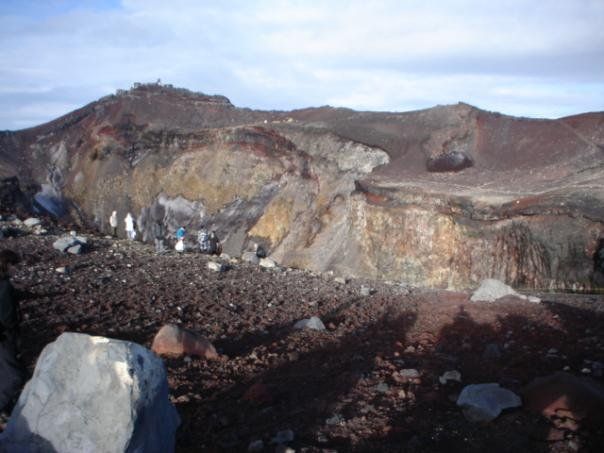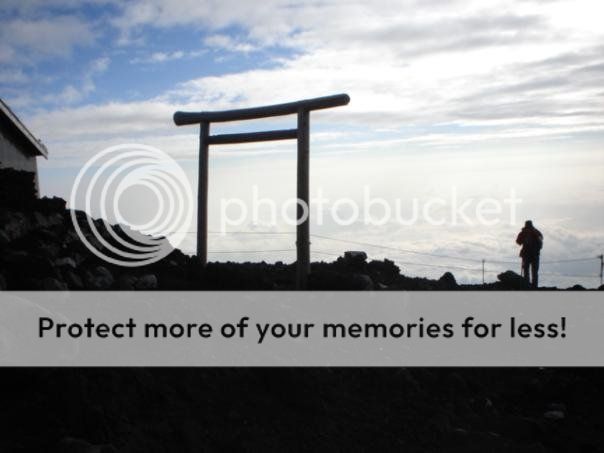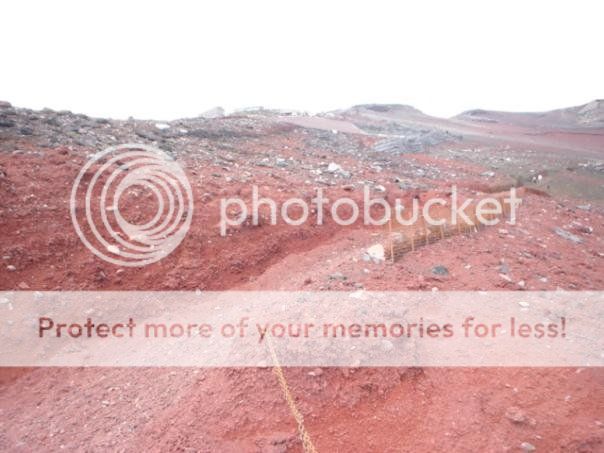After years of attempting to have Mt. Fuji listed as a UNESCO World Heritage Site, it was finally approved this year.
[vc_row][vc_column width=”1/4″][vc_separator color=”black” border_width=”10″][vc_custom_heading text=”Tokyo”][vc_separator color=”black” border_width=”2″][vc_widget_sidebar sidebar_id=”sidebar-page”][/vc_column][vc_column width=”3/4″][vc_column_text]
After years of attempting to have Mt. Fuji listed as a UNESCO World Heritage Site, it was finally approved this year. Mt. Fuji is a sacred site for the Japanese, with thousands of people making the hike up to the peak to watch the sunrise. Much of the time, the peak is shrouded in clouds, but it is occasionally clear.
There are several trails up the mountain, but the Yoshida Trail, which starts at Kawaguchiko 5th Station, is the most popular. That’s where my voyage on foot began. At this location, there is a bus terminal, parking lot, and several buildings, including shops and restaurants. The temperature is similar to Tokyo, even though this station is halfway up the mountain.
When you climb depends on what you want to see. Some people climb in the morning and descend in the afternoon, experiencing everything in daylight. In that case, bring sunscreen, as the atmosphere is quite thin up there, and UV gets through very easily. Others will climb in the afternoon, sleep at one of the stations in the evening, and climb the rest of the way during the night to see the sun rise. Or, you can do it like I did, start at 10 pm, climb all night, and arrive at the summit at sunrise. If you’re lucky enough to have clear skies, you’ll be treated to an amazing view of city lights below and the Milky Way above.
At each of the stations, there’s a small shop where you can buy food and drinks, as well as some places where you can sleep. It is expensive to buy anything, so be prepared to spend. At the top of the mountain, you can buy souvenirs or stop by the restaurant to eat some somewhat undercooked ramen. Many people enjoy walking around the crater. The temperature is quite winter-like at the top at night, but it does warm up during the day.
Going down the mountain is faster, but hard on the legs and feet. It’s easy to slip on the descent trail, which is also a road for the supply vehicle, which is kind of like a bulldozer and tractor. What’s remarkable about climbing during the day is the colour of the rocks. Nearly everything is red, since it’s rusted iron. There are also some blue-green copper rocks and yellow sulphur rocks. It’s eerily similar to Mars, except that the sky is blue and there are many people.
The climbing season for Mt. Fuji is July and August, though off-season climbing is permitted. During the off-season, the stations are empty and there is no support. The weather can be unpredictable, and some people have lost their lives climbing in the off-season. The peak season is much safer. The whole experience is incredible.
Subscribe to the latest edition now by clicking here.
If you would like to comment on this story or anything else you have seen on World Travel Magazine, head over to our Facebook page or message us on Twitter.
And if you liked this story, subscribe to our bi-monthly World Travel Magazine, a handpicked selection of editorial features and stories from Global Destinations, Inspire Me, Insider, Style File, Wellness & Travel, City Travel, Suite Life, At Leisure, Short Breaks and much more.
[/vc_column_text][/vc_column][/vc_row]






